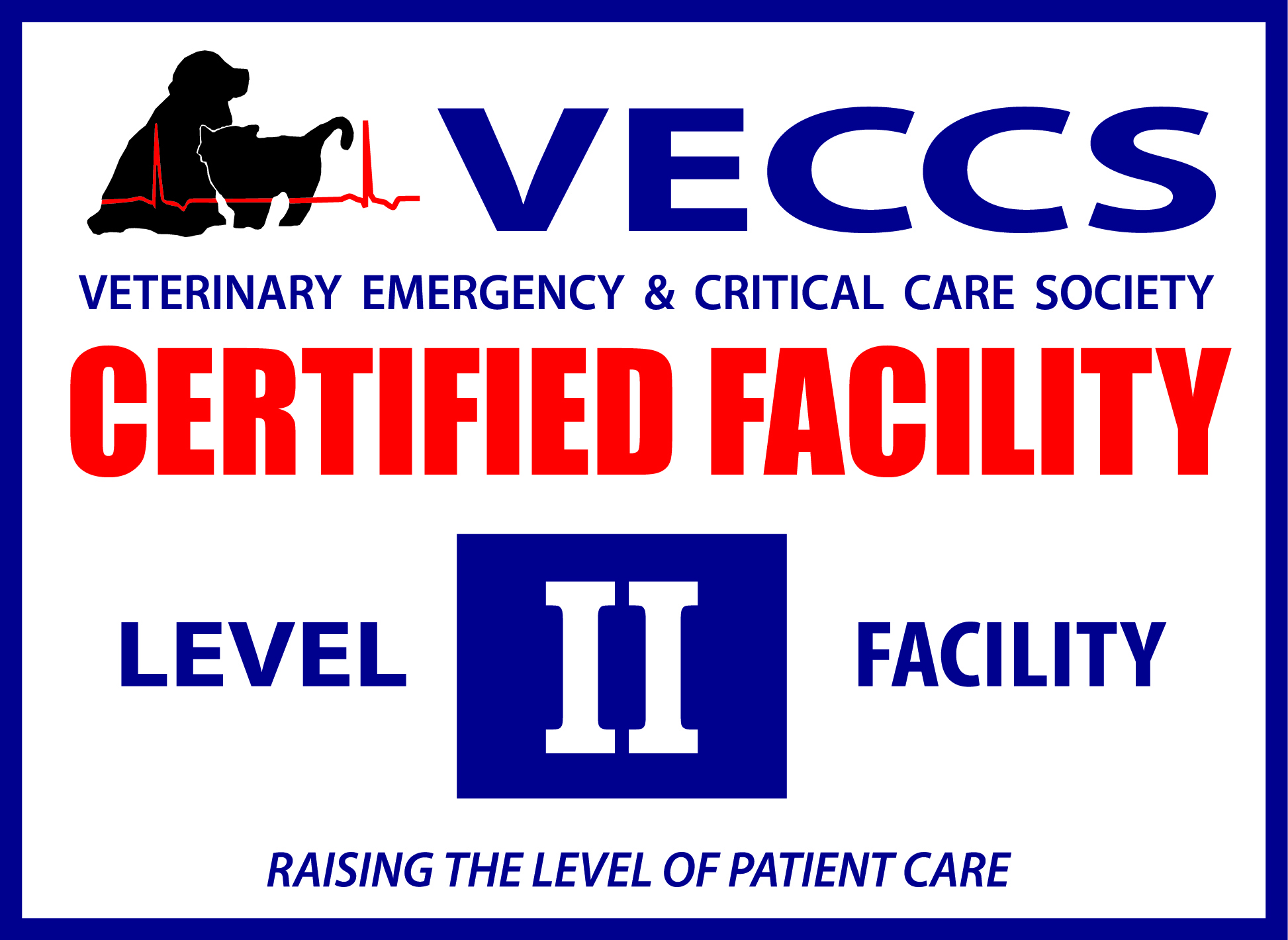Magnetic Resonance Imaging (MRI or MR) is the most advanced diagnostic imaging tool available. This safe, non-invasive procedure allows more complete viewing of the body than any other modality. This technology uses no ionizing radiation, such as x-rays. The patient is placed onto a table surrounded by a powerful magnet. Minute signals are produced as the body responds to the magnetic field. These signals are converted to a cross-sectional image, allowing radiologists and other specialists to look deep into the body for injury or disease.
MRI is also a powerful tool for examining the skeleton, including bone, tendons, ligaments, and joints. As the technology advances, specialists are finding endless uses for MRI. With the opening of the Diagnostic Imaging and Cancer Treatment Center (DICTC) at the Veterinary Medical Teaching Hospital at Texas A&M in 2011, we have upgraded to the most powerful magnet approved for clinical patients. Our 3 Tesla MRI makes us one of only a handful of veterinary institutions in the country with the same capabilities. The uses of our MRI include studies of the heart in motion, tracking of nerve fibers in the brain and spine, and spectroscopy which allows more definitive typing of brain tumors without the need for biopsy.
3T MRI image of a horse foot. The navicular bone, flexor tendon, coffin bone, and surrounding structures can all be evaluated. Signal from fat has been suppressed, making the bones dark so that bone injuries can be seen.



